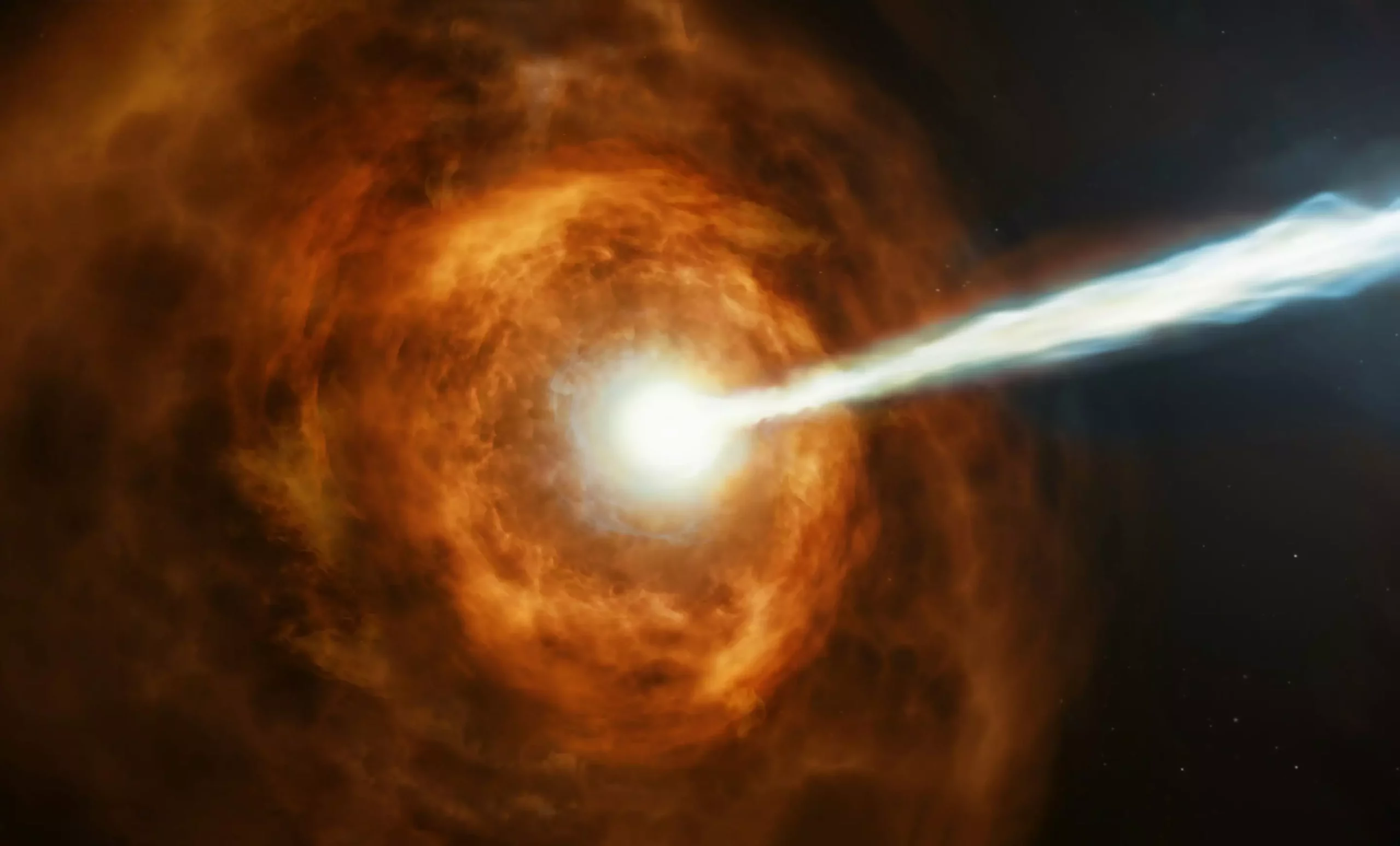Einstein’s theory of relativity is built on two fundamental postulates. The first postulate states that the laws of physics appear the same to all observers who are moving in a straight line with uniform velocity, without any acceleration. This idea was inspired by the work of Dutch physicist Hendrik Lorentz in the late 1800s, leading to the concept of an “inertial frame of reference.” In this frame, individuals moving in a vacuum at different velocities will perceive the laws of physics equivalently, a principle known as “Lorentz invariance.”
The second crucial assumption in Einstein’s theory is the constancy of the speed of light. According to this postulate, regardless of an observer’s velocity, the speed at which they measure light to travel remains constant at approximately 300,000 kilometers per second, denoted as “c.” Even if two observers are moving at extremely high speeds relative to each other, the speed of light will appear the same to both.
Recent studies on Lorentz invariance have garnered significant interest from the scientific community. Researchers from China conducted a study focusing on the most powerful gamma-ray burst ever recorded. By analyzing the emitted photons from this burst, they aimed to test whether Lorentz invariance holds even at extremely high energies.
The research team from the Large High Altitude Air Shower Observatory (LHAASO) in China examined the afterglow of the gamma-ray burst known as 221009A, which was detected in 2022 from a galaxy 2.4 billion light-years away. By analyzing the arrival times of photons with different frequencies, the researchers sought to detect any violations of Lorentz invariance, which would manifest as discrepancies in the speed of light for different frequencies.
The results of the study indicated that there were no significant deviations from Lorentz invariance in the observed gamma-ray burst. The researchers did not detect any time delays among photons with varying frequencies, suggesting that the speed of light remained consistent for all observed photons. This finding reinforces the validity of Einstein’s theory of relativity at high energy levels.
The study by the Chinese research group has provided valuable insights into the behavior of light at extremely high energies. The absence of photon dispersion in the observed gamma-ray burst sets important constraints on the energy scales at which quantum gravity effects might manifest. The researchers suggest that future observations of prompt emissions from gamma-ray bursts could further enhance our understanding of Lorentz invariance and its implications for fundamental physics.
The investigation into Lorentz invariance and the constancy of the speed of light represents a cornerstone of modern physics. Through meticulous experimentation and analysis, scientists continue to probe the fundamental principles underlying our understanding of the universe. As technology advances and observational techniques improve, further insights into the nature of spacetime and quantum gravity may be revealed, shedding light on the mysteries of the cosmos.


Leave a Reply